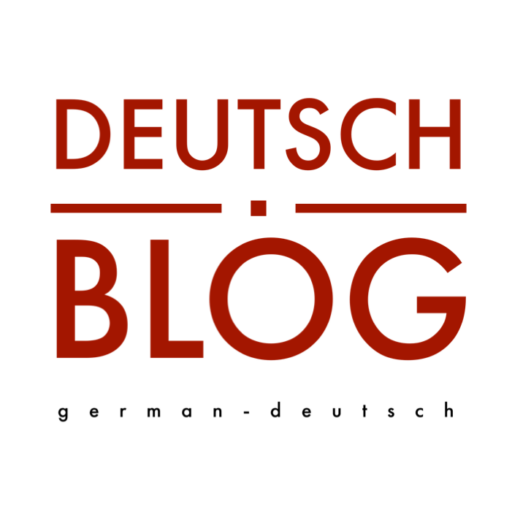A Beginner’s Guide to German Through Football:“Shopping in Germany (A1/8)“
Alex sets out for a shopping adventure, aiming to purchase essentials and gifts. This chapter provides insights into the German shopping experience, focusing on basic shopping phrases like „Ich suche…“ (I am looking for…) and „Haben Sie…?“ (Do you have…?), and introduces common nouns related to shopping such as „der Laden“ (the store) and „das Geschenk“ (the gift). It’s a practical guide for anyone wanting to navigate shopping in Germany with ease.
Grammar and Vocabulary:
Basic Shopping Phrases:
- Ich suche… (I am looking for…), Haben Sie…? (Do you have…?)
- Kann ich… sehen? (Can I see…?), Wie viel kostet…? (How much does… cost?)
Nouns Related to Shopping:
- der Laden (the store), das Geschenk (the gift)
- der Markt (the market), die Tüte (the bag)
Visiting a Clothing Store
In a clothing store, Alex learns to ask for different sizes and colors. This section introduces clothing items like „die Hose“ (the pants) and „das Hemd“ (the shirt), and adjectives such as „groß“ (big), „klein“ (small), „rot“ (red), and „blau“ (blue).
Grammar and Vocabulary:
Clothing Items and Adjectives:
- die Hose (the pants), das Hemd (the shirt), der Schuh (the shoe), das Kleid (the dress)
- groß, klein, rot, blau, grün (green), gelb (yellow), schwarz (black), weiß (white)
At the Electronics Store
Alex visits an electronics store, looking for gadgets and understanding technical terms. This part covers electronics items like „der Computer“ (the computer) and „das Handy“ (the mobile phone), and phrases for asking about features, such as „Hat es…?“ (Does it have…?).
Grammar and Vocabulary:
Clothing Items and Adjectives:
- der Computer (the computer), das Handy (the mobile phone), der Fernseher (the TV), die Kamera (the camera)
- Hat es…? (Does it have…?), Funktioniert…? (Does… work?)
Grocery Shopping
During his grocery shopping, Alex familiarizes himself with different food items. He learns about food items like „das Brot“ (the bread) and „der Käse“ (the cheese), and practices using numbers and quantities, such as „ein Kilo“ (one kilogram) and „zwei Flaschen“ (two bottles).
Grammar and Vocabulary:
Food Items, Numbers, and Quantities:
- das Brot (the bread), der Käse (the cheese), das Obst (the fruit), das Gemüse (the vegetables)
- ein Kilo (one kilogram), zwei Flaschen (two bottles), drei Stück (three pieces)
A Visit to a Bookstore
Exploring a bookstore, Alex asks for book recommendations. This section introduces books and genres like „der Roman“ (the novel) and „das Sachbuch“ (the non-fiction book), and polite requests such as „Können Sie mir empfehlen…?“ (Can you recommend…?).
Grammar and Vocabulary:
Books, Genres, and Polite Requests:
- der Roman (the novel), das Sachbuch (the non-fiction book), die Zeitschrift (the magazine)
- Können Sie mir empfehlen…? (Can you recommend…?), Haben Sie etwas über…? (Do you have anything about…?)
Paying and Understanding Receipts
When paying for his purchases, Alex learns to understand receipts. This part covers payment methods like „bar“ (cash) and „mit Karte“ (with card), and reading prices, including terms like „Euro“ and „Cent“.
Grammar and Vocabulary:
Payment Methods and Reading Prices:
- bar (cash), mit Karte (with card)
- Euro, Cent, Gesamtbetrag (total amount), Betrag (amount)
Exercises and Practice
- Role-play:
- Practice shopping conversations in different scenarios, like a clothing store, an electronics store, and a grocery store.
- Translation Exercise:
- Translate shopping lists from English to German, including items, quantities, and preferences.
- Price Calculation:
- Work with numbers and prices in scenarios, calculating totals and making change.
Conclusion
Reflecting on his shopping experiences, Alex realizes the practical importance of mastering everyday German language skills. This chapter not only enhances shopping vocabulary but also offers a window into German consumer culture.
Detailed Section: Grocery Shopping Navigating a German Supermarket
At the supermarket, Alex’s supermarket experience is a practical application of asking for directions and handling basic transactions. This interaction is crucial for anyone learning to navigate daily life in Germany.
Grammar Focus: Asking for Directions, Basic Nouns
Dialogue for Practice:
- Alex: “Entschuldigung, wo finde ich das Brot?” (Excuse me, where can I find the bread?)
- Employee: “Das Brot finden Sie geradeaus und dann links, neben der Milch.” (You will find the bread straight ahead and then to the left, next to the milk.)
Learning Quantities and Prices
In the fruit section, Alex practices using numbers and understanding prices. This segment is excellent for learning how to handle everyday transactions in a German-speaking environment.
Grammar Focus: Numbers and Quantities, Asking about Prices
Dialogue for Practice:
- Alex: “Ich hätte gerne zwei Kilo Äpfel. Wie viel kostet das?” (I would like two kilos of apples. How much does it cost?)
- Vendor: “Das kostet 7 Euro.” (That costs 7 euros.)

